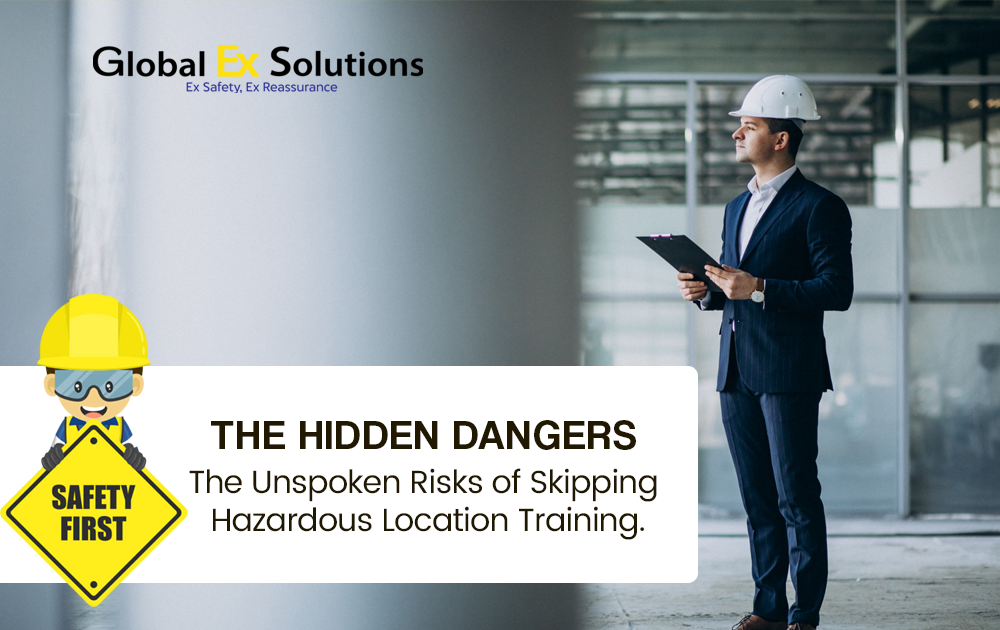In today’s fast-paced industrial world, the importance of training is often highlighted by the positive outcomes it promises: increased productivity, heightened safety, and improved employee morale. However, the conversation frequently overlooks a critical aspect—what happens when this essential training is neglected, particularly in hazardous locations. Explore the risks of skipping hazardous location training
The Risks of Skipping Hazardous Location Training
Industries dealing with flammable, explosive, or toxic materials understand the paramount importance of safety. Yet, the lack of hazardous location training can lead to a cascade of severe consequences that put not only employees but entire operations at risk.
Safety Risks and Fatalities
The foremost concern is the immediate safety of workers. Employees untrained in recognizing and handling hazardous conditions such as NEC divisions and zones are more likely to make mistakes, leading to accidents, injuries, or even fatalities. The absence of training means workers might not fully understand the dangers posed by certain materials or environments, leaving them vulnerable to preventable incidents.
Regulatory and Legal Ramifications
Companies that fail to provide adequate hazardous location training often find themselves on the wrong side of regulatory compliance. Organizations like OSHA (Occupational Safety and Health Administration) set stringent standards for workplace safety. Non-compliance can result in hefty fines, legal penalties, and in severe cases, operational shutdowns. The legal battles that ensue from such negligence can drain resources and tarnish a company’s reputation.
Financial Burdens
Accidents stemming from inadequate training can lead to significant financial losses. The cost of medical treatments for injured employees, legal fees from lawsuits, and potential increases in insurance premiums can all add up. Moreover, damaged equipment and interrupted operations result in costly repairs and lost productivity, hitting the company’s bottom line hard.
Employee Morale and Retention
A workplace that neglects safety training sends a clear message to its employees: their well-being is not a priority. This perception can severely impact morale, leading to decreased job satisfaction and higher turnover rates. Employees are more likely to leave a company that does not invest in their safety, making it difficult to attract and retain skilled workers.
Reputation and Trust
Public perception is a crucial factor in a company’s success. News of workplace accidents and regulatory violations can quickly spread, damaging a company’s reputation. Clients and partners may reconsider their associations, leading to potential loss of business and trust. A tarnished reputation can take years to rebuild, impacting long-term success and growth.
Operational Disruptions
The aftermath of an accident in a hazardous location often includes significant operational disruptions. Investigations, repairs, and the implementation of corrective measures can halt production, leading to missed deadlines and lost revenue. Such interruptions can have a ripple effect, affecting supply chains and customer satisfaction.
Conclusion
While the benefits of hazardous location training are well-documented and celebrated, it is equally crucial to acknowledge the severe risks posed by its absence. Companies must prioritize comprehensive training programs to safeguard their employees, ensure regulatory compliance, and protect their operations from financial and reputational damage. Only by addressing these hidden dangers can businesses truly create a safe and resilient working environment.

